
HARRISBURG, Pa. — Pennsylvania’s House of Representatives has passed a bill to provide more than $290 million in funding for public transit statewide that could address major shortfalls for the transit systems in the Philadelphia and Pittsburgh areas.
However, the key legislative hurdle — passage by the Senate — remains.
House Bill 1364 would provide the funding by increasing the share of state sales tax allocated to transportation from 4.4% to 6.15%, but would not increase the tax itself. It also calls for an additional $500 million to address road and bridge repair. The bill passed Tuesday (June 17) by a 107-96 vote.
Passage of the bill would help address the funding issues that have led the Southeastern Pennsylvania Transportation Authority and Pittsburgh Regioinal Transit to begin planning for major service reductions. SEPTA has said that without increased state funding, it would face 45% service reductions [see “SEPTA prepares …,” Trains News Wire, April 10, 2025], while PRT has outlined plans for 35% cuts [see “Pittsburgh transit agency outlines …,” News Wire, March 22, 2025].
The past three years, Pennsylvania Gov. Josh Shapiro has proposed more funds for transit, and the House has approved that funding, but it has been blocked by the state Senate, where Republicans sought more money for roads and bridges.
“This is the most significant transit funding increase in over a decade, and no one will see an increase in their taxes,” the bill’s primary sponsor, House Transportation Committee chair Ed Nielson, said in a press release. “With an additional $500 million in funding to repair roads and bridges, this comprehensive bill will bolster Pennsylvania’s transportation infrastructure in a way that benefits us all.”
Shapiro wrote in a social media post, “This bipartisan bill injects critical dollars into public transit across Pennsylvania AND adds new funding to repair roads and bridges — because folks rely on both to get where they need to go. It’s time for the Senate to get this funding done in this year’s budget.”
The bill now moves to the Senate, which has until June 30 to pass the bill before adjourning until September.






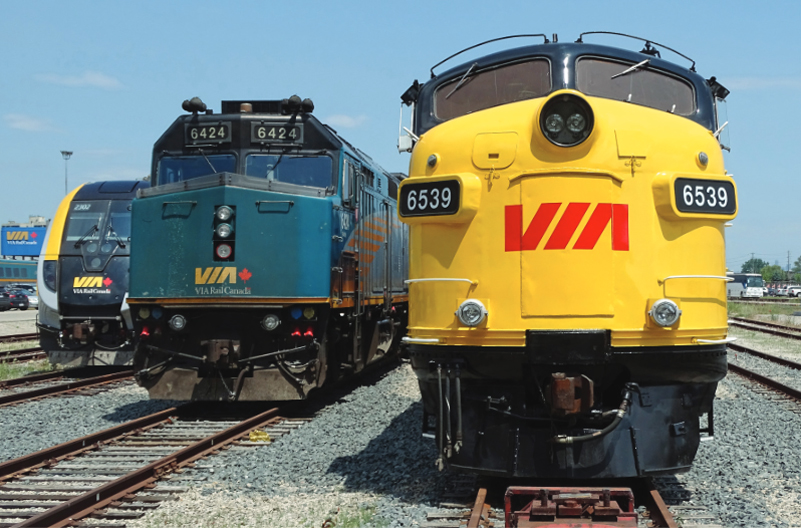
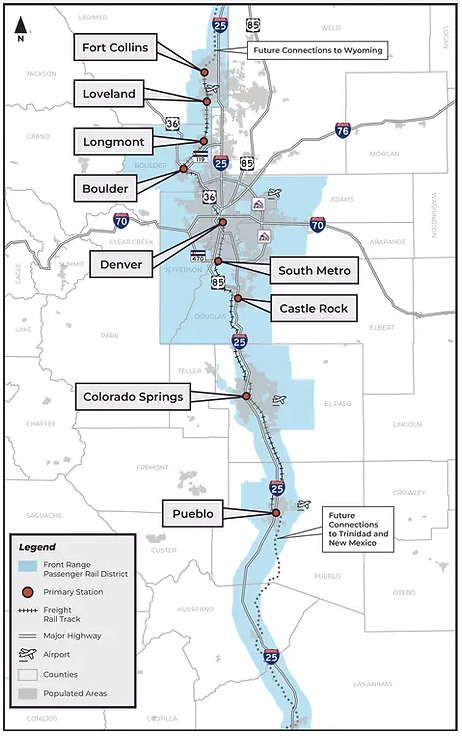
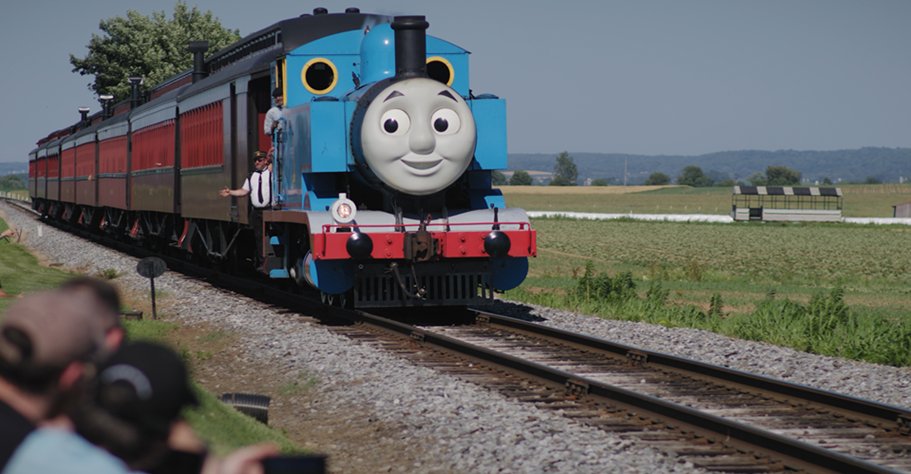
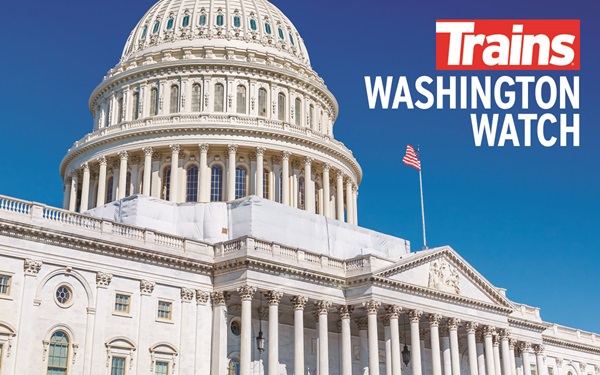
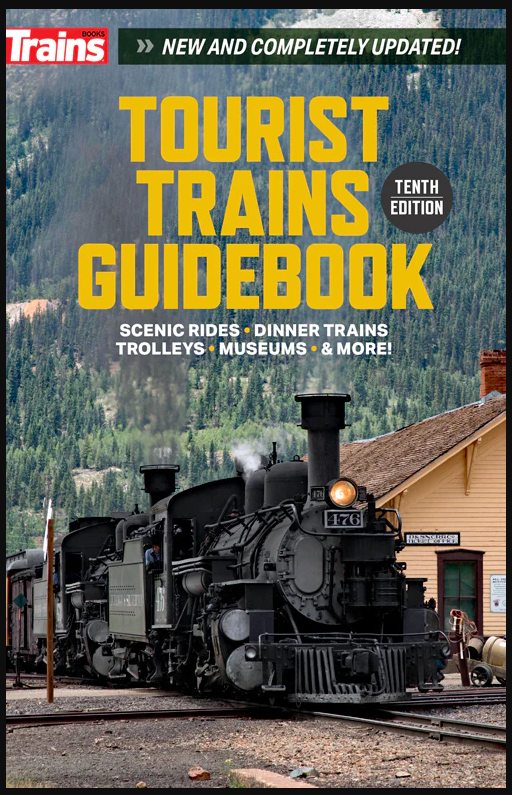
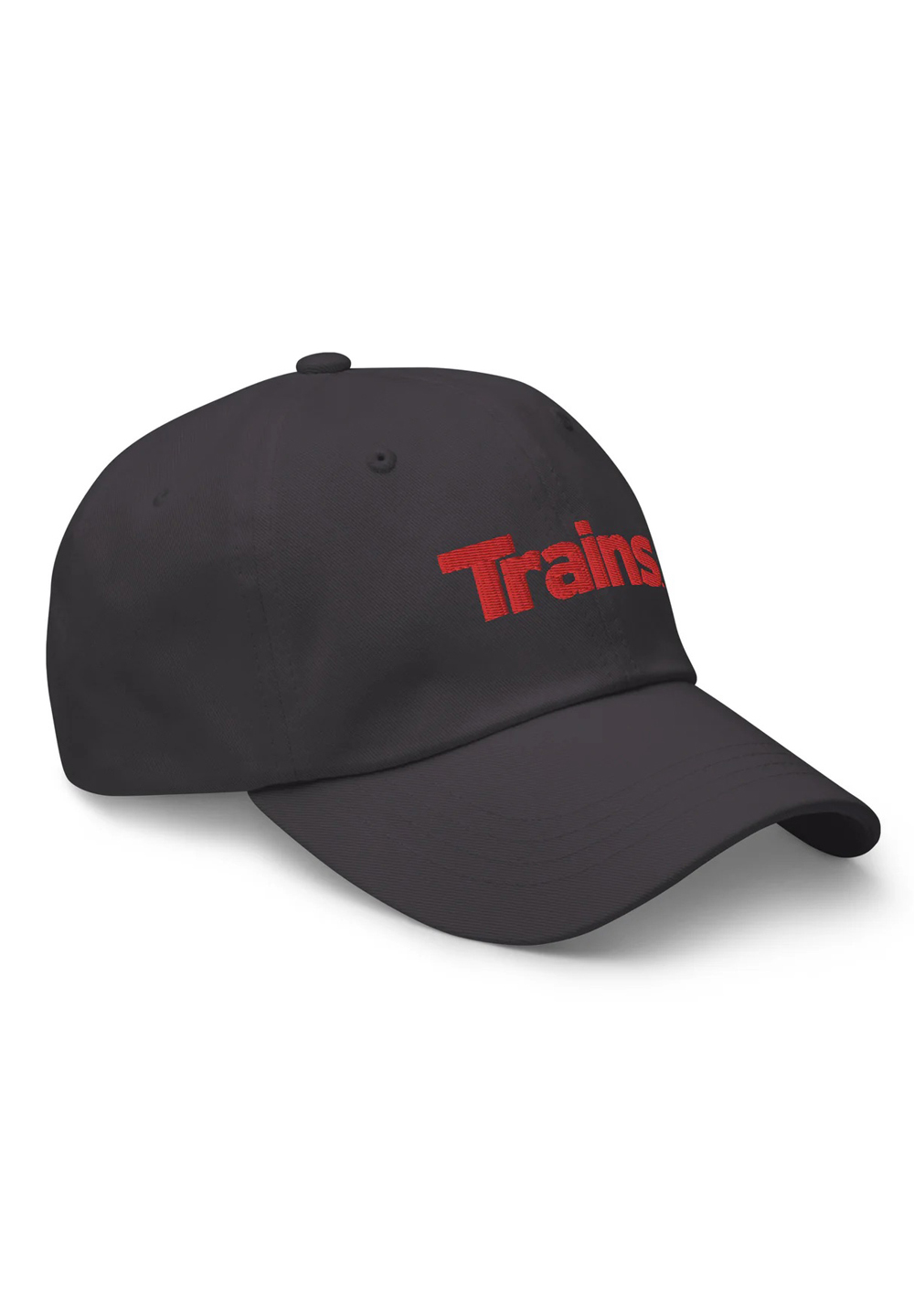

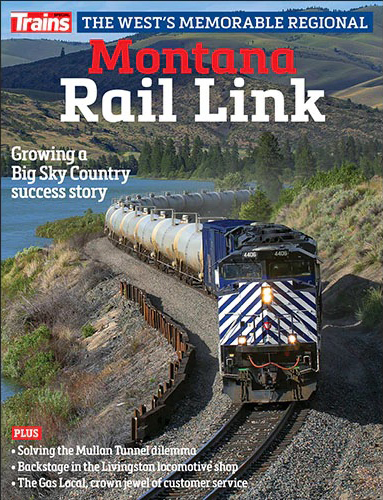
As a society we have to come to grips that public transit does not pay for itself from farebox revenue and is unlikely ever to do so and if it is important that we have trains, buses, ferry boats etc. it will have to be funded by tax revenue which has to come from people and or corporations.
This is a classic urban vs. rural in PA and I suspect many other states. [PA is more rural then many people realize.] Our larger urban local areas where public transit is used the most don’t want to increase their local taxes enough to pay the ever increasing public transit costs nor do they want any meaningful cut in services. It’s somewhat a “have your cake and eat it too” situation. So since there is not enough local “will”, the urban politicians try to come up with a way to have all the state residents cover the shortfall. Then the urban politicians don’t have their voters upset with them.
Any compromise to be worked out will probably require an up-front allocation of the roads & bridges funding as part of the final legislation so the rural areas are satisfied they are receiving an acceptable portion of the total funding. $500M may sound like a lot but a few major projects in the Philly area could cost most of it.
Hwys are also subsidized & suffer from the same declining revenue with no increases in gas taxes for decades at the state & Fed level to cover the ever expanding roads & maintenance. Where do you think the $$ comes from for that? Classic American narcissistic thinking “My needs are more important & essential”, “If I don’t use it then we don’t need it”. That kind of thinking creates a very dark & malevolent community.
I’m glad I live in an area with no public transportation. That saves those of us who would never use it from having to pay for it.
I have lived in areas with public transportation. I have visited such areas in US and abroad. I have used subsidized public transportation all over the place, including as a regular rider (at times in my life) in three cities, New York, Boston and Detroit.
Someone has to figure out how to pay for these subsidized services at a time of increasing costs and flat (or declining) revenue. And how we got into this doom loop. And how to get out of it.
There is a billpayer — other state programs. If the percentage allocation to transit goes up, there will be less money to support other state programs.